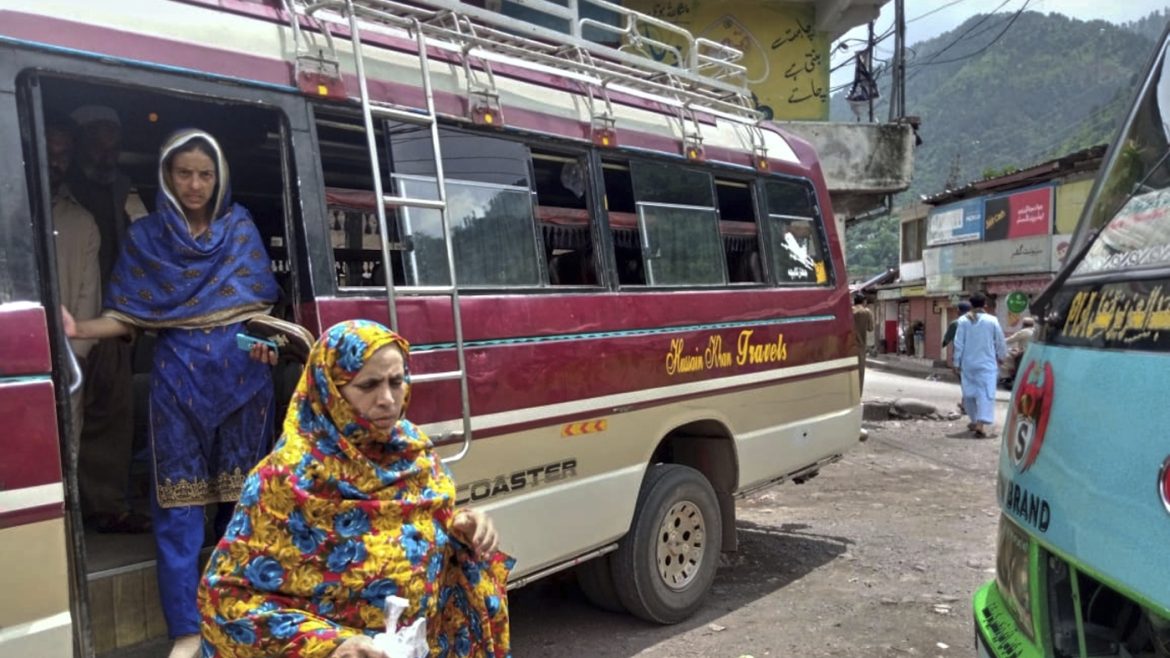The Fragile Ceasefire Between India and Pakistan
The recent ceasefire agreement between India and Pakistan, brokered with the help of the United States, has been met with immediate challenges. The overnight border fighting in the disputed Kashmir region has shaken the fragile truce, raising concerns about the effectiveness and durability of the agreement.
The Background of the Conflict
The conflict over Kashmir dates back to the partition of British India in 1947, when both India and Pakistan gained independence. The region, which has a majority Muslim population, was claimed by both countries, leading to two full-scale wars in 1947-48 and 1965, and a limited war in 1999. The Line of Control (LoC), established under the Simla Agreement of 1972, serves as the de facto border between the Indian- and Pakistani-administered territories of Kashmir.
The Recent Ceasefire Agreement
The latest ceasefire agreement was announced by President Donald Trump, along with officials from both countries. The truce was intended to put an end to the escalating tensions and cross-border attacks that had been occurring in the region. However, the ceasefire was almost immediately tested by reports of heavy exchanges of fire between Indian and Pakistani troops along the LoC.
Violations and Accusations
Both India and Pakistan have accused each other of violating the ceasefire. Indian authorities reported that Pakistani troops initiated the firing, while Pakistan denied these claims and accused India of provoking the conflict. The exchanges of fire were reported on both sides of the border, with residents and officials in the region confirming the incidents. The fighting subsided by Sunday morning, but the ceasefire remains fragile.
The Impact on the Region
The overnight border fighting has had a significant impact on the local population. Residents in the disputed Kashmir region reported hearing blasts and seeing projectiles and flashes in the night sky. The fighting has also raised concerns about the potential for further escalation, given the nuclear capabilities of both countries.
The Role of the United States
The United States played a crucial role in brokering the ceasefire agreement. President Trump’s announcement of the truce was seen as a significant diplomatic achievement, given the long-standing tensions between India and Pakistan. However, the immediate violations of the ceasefire have called into question the effectiveness of the U.S.-mediated agreement.
The Future of the Ceasefire
The future of the ceasefire remains uncertain. While both countries have expressed their commitment to the truce, the recent violations and accusations of breaches suggest that the agreement may be difficult to maintain. The coming weeks will see a new battle: of narratives, as both countries attempt to shape the public perception of the conflict and the ceasefire.
The Broader Implications
The conflict over Kashmir has broader implications for the region and the world. The nuclear capabilities of both India and Pakistan raise the stakes of any potential conflict, making the ceasefire agreement a critical step towards stability. However, the recent violations and the long-standing animosity between the two countries suggest that the path to peace will be challenging.
Conclusion: A Fragile Peace
The ceasefire agreement between India and Pakistan, while a step in the right direction, remains fragile and uncertain. The overnight border fighting in the disputed Kashmir region has tested the truce, raising concerns about its effectiveness and durability. The coming weeks will be crucial in determining the future of the ceasefire and the broader conflict over Kashmir. Both countries must work towards maintaining the ceasefire and addressing the underlying issues that have fueled the conflict for decades. The international community, including the United States, must continue to play a role in supporting peace efforts and encouraging dialogue between the two nuclear-armed neighbors.


